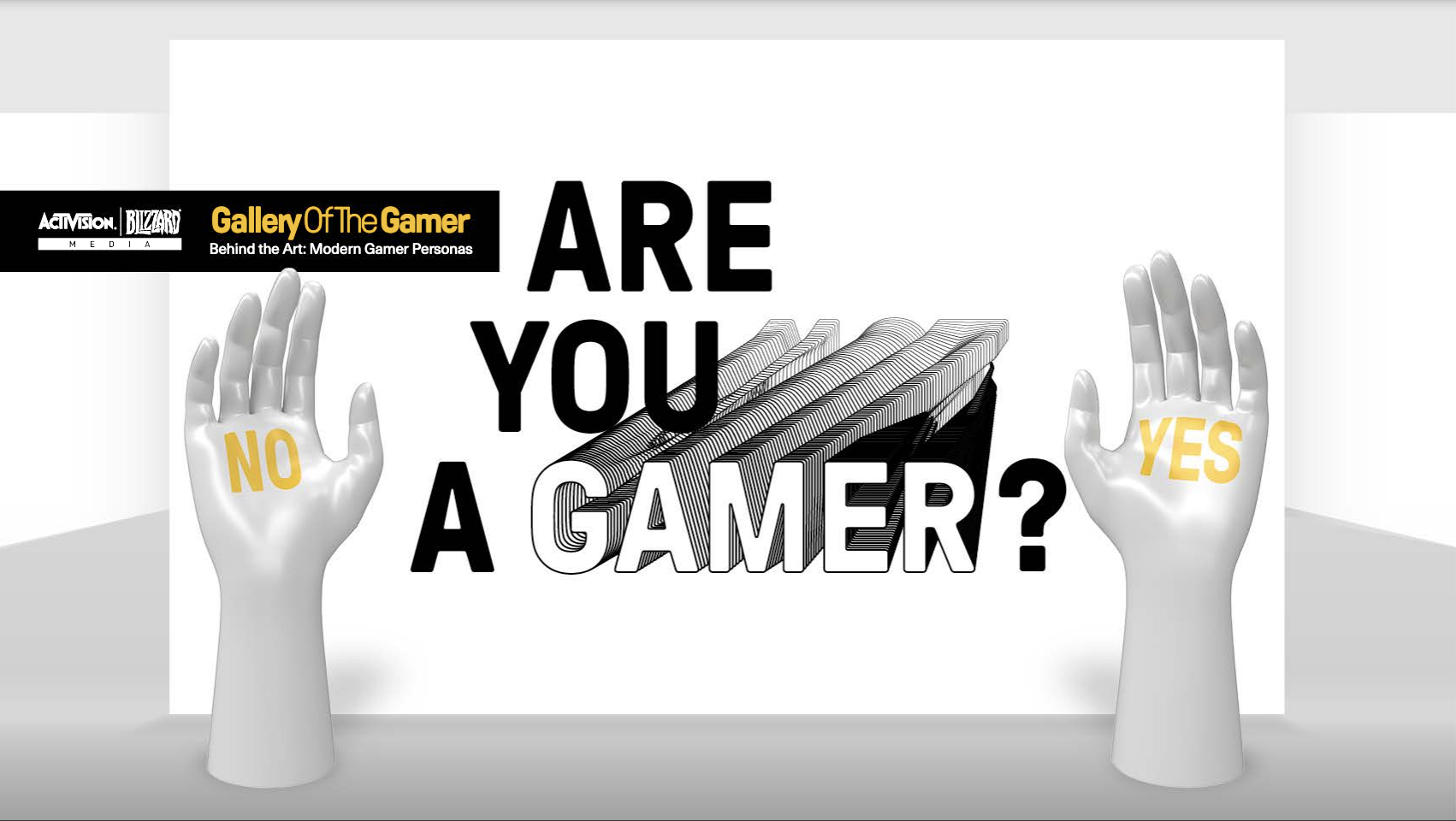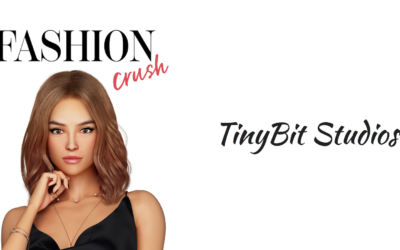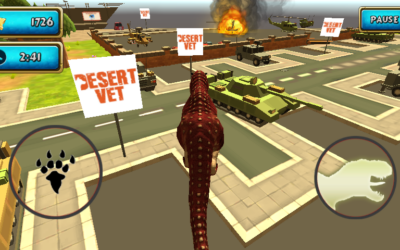“Gamers are not who brands think they are”

On 18th February our CEO Kristan Rivers will participate in an industry panel hosted by the Mobile Ecosystem Forum looking at the top trends for mobile games in 2021. One of his fellow panellists will be Jonathan Stringfield, Global Business Marketing from Activision Blizzard Media who recently published the findings of a quantitative study called the Gallery of the Gamer.
The study provides some fascinating insights into the complexity of the gaming audience. We saw Jonathan present the findings at The Drum’s Predictions 2021 . Here’s our key takeaways and why mobile games players are so interesting for brand advertisers.
1. One of the main blockages in terms of understanding gaming and gamers is around the audience – the incomprehensive stereotyping being largely at fault. Even the title of “gamer” may be problematic to both gamers and marketers as a lot of people do not recognise themselves as a gamer and only a small minority of all gamers actually fit the typical stereotype of a “gamer”.
2. Only 40% of all gamers studied in Activision Blizzard Media’s research identify as a “gamer”. If marketers are only focused on those who self identify as “gamers” then they are potentially missing out on more than half of the actual playing audience.

3. Activision Blizzard Media identified six distinct gamer personas not based on the typical demographics or device usage but instead revolving around the ways in which individuals interact with the gaming ecosystem: Super Swipers (32%), Dabblers (18.8%), Denialists (9.9%), Lifestylists (10.9%), Player Ones (24.8%) and Next Levelers (4%). The first three of which do not identify as a “gamer”.
4. Look to mobile – All types of gaming persona’s play mobile games, it doesn’t matter if they are the most or least intensive of players. For marketers, starting with mobile provides scale and multiple means of entry.
5. Context matters – Gaming provides the opportunity for creative experimentation, but the right experience on the right platform is the key to success. Gaming has a lot of wonderful contexts that are inherently brand safe, high quality and check all of the boxes that marketers might like when thinking about the best places to insert their ads.
You can hear more from Activision Blizzard Media on the 18th of February at MEF’s “Mobile Games Trends 2021” moderated by Senior Analyst George Jijiashvili from Omdia.
More...
Why In-Game Advertising Sucks
In-game advertising sucks. That’s not news, but it bears repeating. It doesn’t just suck in the same way that, say, dodgy used car salesmen or “cheese-flavored product” do either, where one party profits wildly while the rest of us get shafted. It’s as frustrating for...
Developer Case Study – TinyBit Studios
TinyBit Studios is a mobile games developer based in Kharkiv, Ukraine’s tech capital. Huge names such as Plarium, Gameloft, and G5 Entertainment have located regional studios in the city - a ringing endorsement of Kharkiv’s deep pool of game development talent. We...
AdinMo vs. The Status Quo – Why Dynamic In-game Ads are the Future
When traditional digital advertising formats such as video and banner ads first became available within mobile apps, they were seen as game-changers. Giving users the capacity to interact directly with ads via clickthrough and, crucially, giving advertisers the...



